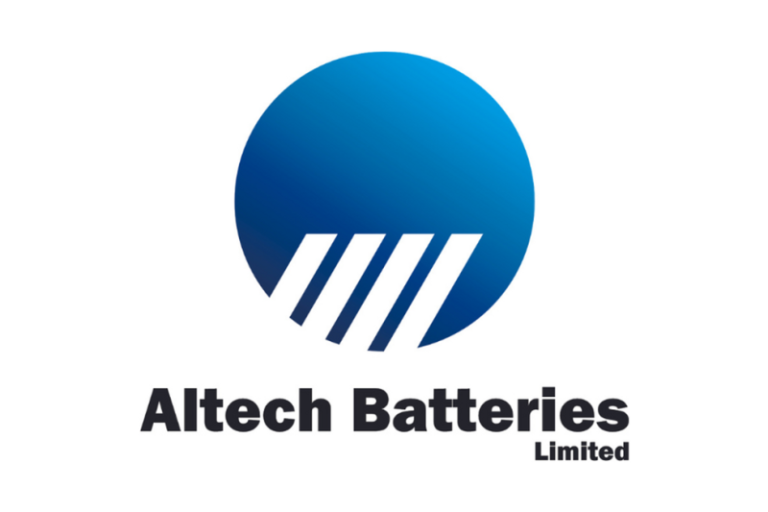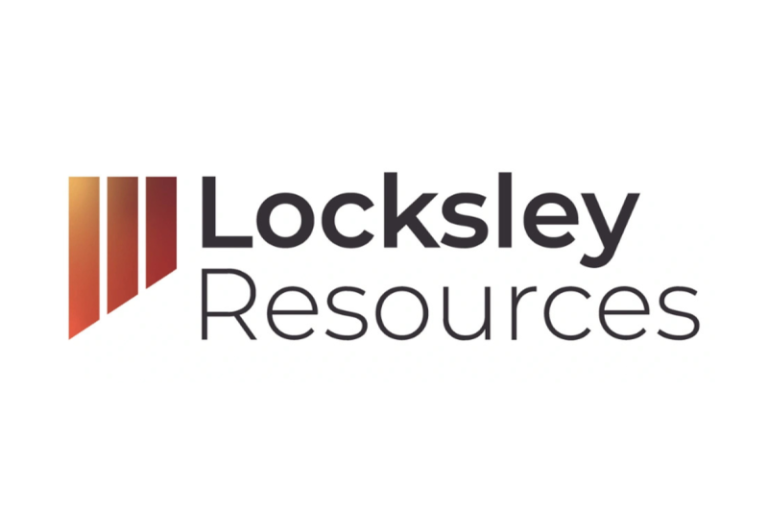Highlights
– Binding Commitments to raise $6 million at an Issue price of $0.045 per share
– Strong foundations set to deliver further trials and sales of UPS batteries, source project finance of CERENERGY(R), complete the 90kWh battery prototype and assess the 4 GWh Giga factory for large scale production
– Funds will be used to further progress a variety of value accretive activities at the CERENERGY(R), AMPower and Silumina AnodesTM Projects
The Shares and Options under the Placement will be issued out of the Company’s available capacity under Listing Rules 7.1. It is proposed that the shares will be issued on 20 October 2025. The options represent a new class of listed security and as such, will require a Prospectus to be issued prior to the options being allotted. Altech is now working on the Prospectus and aims to have it finalised within the coming weeks.
The Placement was jointly managed by Evolution Capital and Alpine Capital. The costs associated with the Placement was a combined 6% fee on all funds raised plus 60,000,000 options. Further details regarding the Placement are set out in the Appendix 3B of today’s date.
The funding establishes balance sheet flexibility for the Company to execute on the following near term `milestones:
– Trials and sales of Altech UPS batteries: Initial sales anticipated of advanced UPS batteries, targeting critical infrastructure customers across Europe, Australia, and the United States.
– Funding Deals: sourcing project finance for the 120 MWh CERENERGY(R) production facility in Germany, supporting large-scale commercial rollout.
– Pilot Plant and Battery Commercialisation News:
o Completion of the larger 90kWh battery prototype for the CERENERGY(R) project.
o Preliminary assessment for establishing a 4 GWh Giga factory for largescale production.
Managing Director Mr Iggy Tan stated ‘We are encouraged by the strong market interest in our current initiatives. This capital raise comes at an exciting time for Altech as it establishes its selling, distribution and installation infrastructure for AMPower produced Altech branded sodium nickel chloride (SNC) batteries and advances the commercialisation of its 120MWh CERENERGY(R) battery project. With the operation of the Silumina Anodes(TM) pilot plant completed and NDAs signed with major US and European car manufacturers, Altech is readying itself to provide commercial samples of the product. A portion of the funds will also be allocated to a preliminary study for a larger 4 GWh battery facility, marking the next significant step towards commercialisation’.
About Altech Batteries Ltd:
Altech Batteries Limited (ASX:ATC,OTC:ALTHF) (FRA:A3Y) is a specialty battery technology company that has a joint venture agreement with world leading German battery institute Fraunhofer IKTS (‘Fraunhofer’) to commercialise the revolutionary CERENERGY(R) Sodium Alumina Solid State (SAS) Battery. CERENERGY(R) batteries are the game-changing alternative to lithium-ion batteries. CERENERGY(R) batteries are fire and explosion-proof; have a life span of more than 15 years and operate in extreme cold and desert climates. The battery technology uses table salt and is lithium-free; cobalt-free; graphite-free; and copper-free, eliminating exposure to critical metal price rises and supply chain concerns.
The joint venture is commercialising its CERENERGY(R) battery, with plans to construct a 100MWh production facility on Altech’s land in Saxony, Germany. The facility intends to produce CERENERGY(R) battery modules to provide grid storage solutions to the market.
Source:
Altech Batteries Ltd
Contact:
Corporate
Iggy Tan
Managing Director
Altech Batteries Limited
Tel: +61-8-6168-1555
Email: info@altechgroup.com
Martin Stein
Chief Financial Officer
Altech Batteries Limited
Tel: +61-8-6168-1555
Email: info@altechgroup.com
News Provided by ABN Newswire via QuoteMedia










